Art & Culture
Monthly Archive: December Art
Weapon Wednesday: Bagh Nakh--making humans into tigers

The blades, like the tiger claws they are named for, are made to slash though an opponent and, in modern history, is most often associated with the Hindu Marati warrior Shivaji. Written by Aruna Panday
Franklin Found! Clues in an Arctic Mystery
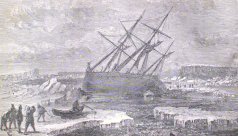
The recent discovery of one of the Franklin expedition’s lost ships has provided new evidence in a mysterious chapter in early Arctic exploration.

Walking a half-Marathon as the Herculaneum soldier
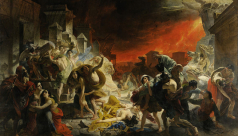
Probably on October 24th in 79 AD a large group of people congregated on the beach at the seaside town of Herculaneum, in Italy. They were presumably trying to take ship to gain distance from Mount Vesuvius, which had been raining ash and rocks on the city, and the neighbouring town of Pompeii, all day. But suddenly, a massive cloud of red-hot ash swept down from the volcano directly towards Herculaneum. Studies of the skeletons on the beach show that they were mostly males, with women and children huddling in boathouses by the shore. One man in particular was a soldier.
Visiting a Family Heirloom

The dagger was a wedding gift in recognition of the military traditions within the family of the donor, who then gave it to the museum in order to preserve this special object for future generations. In October 2010, his daughter contacted the museum about seeing this family heirloom and then returned with the next generation of family members in tow to revisit this meaningful piece. Because of her efforts, the museum now has a fuller history of her family’s connection to this artefact, which is now part of its permanent record. Written by Deepali Dewan
Weapon Wednesday: Chakram from India
Written by Aruna Panday, Ph.D Candidate in the Department of Anthropology at York University, Friends of South Asia co-Chair, and Summer 2014 ROM curatorial intern.
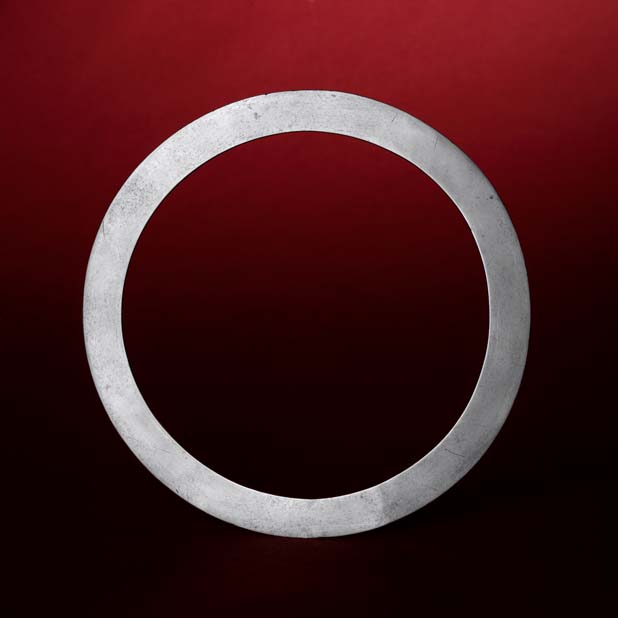
Chakram or battle-quoit, made of wrought steel, India, 19th century, ROM 910.42.52
Goddess Exposed: the ROM’s ‘Minoan’ Goddess is on display!
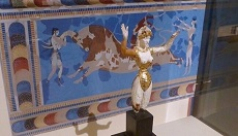
She’s been languishing in the Greek & Roman storerooms for years, but finally the ROM Minoan Goddess is back on display.
Conservation Intern Spotlight: Natasa Krsmanovic
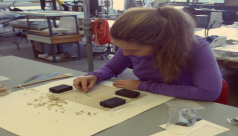
This spotlight post--featuring ROM paper conservation intern Natasa Krsmanovic--highlights her background, shares her perspective on current paper conservation practices, and discusses her treatment projects at the museum.
The Monastery of St Moses, Syria: The Cave Survey

The monastery at Deir Mar Musa would not have just comprised the main buildings, the monks would actually have been dispersed in hermitages across the landscape.
Nail Art: Then and Now
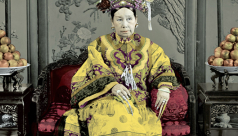
Women have grown, groomed and decorated their fingernails for over 5000 years – From the women of Ancient Egypt to the nail salon industry that flourished during the 80s and 90s, nail trends have had authority over beauty regimes across regions and eras. By the late 20th century manicured fingernails would become a sign of the leisure class among many different cultures. Grooming your fingernails parallels the act of using cosmetics, it exhibits self-expression and character.

